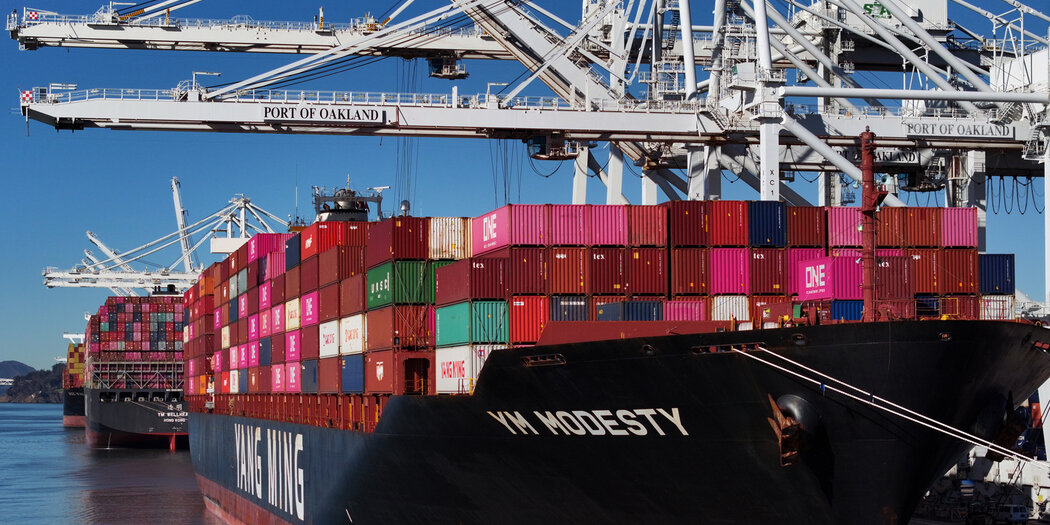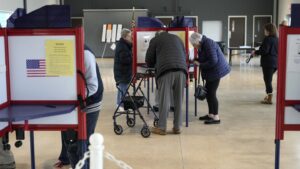Trump’s National Emergency Declaration Sparks Debate Over Presidential Powers
In an unexpected move, President Donald Trump declared a national emergency to address foreign trade practices he considers detrimental to the United States. This declaration, leveraging the International Emergency Economic Powers Act, instituted a broad 10 percent tariff on imports from nearly every country, with even higher tariffs on specific nations, effective last week.
The use of emergency powers for implementing tariffs has raised eyebrows among legal experts, who argue that such powers are intended for immediate, unforeseen crises, not for persistent issues. Traditionally, these powers allow temporary measures while Congress deliberates a permanent solution.
Understanding Presidential Emergency Powers
The National Emergencies Act offers the president access to 150 statutory powers during a national emergency. The International Emergency Economic Powers Act, a notable inclusion, allows for economic sanctions in response to “unusual and extraordinary threats” to national security or economy. However, skeptics argue that Trump’s rationale—viewing global trade relations as a threat—stretches the law’s intended use.
Critics point out that long-standing trade issues do not constitute an unforeseen emergency. They recommend that President Trump present his tariff strategy to Congress for legislative consideration rather than circumventing the process through an emergency declaration.
Legal Boundaries of the International Emergency Economic Powers Act
The Act was originally conceived to impose sanctions on hostile entities, not tariffs. “Tariffs” are notably absent from the law’s language and legislative history, suggesting Congress did not envisage its use for such purposes. Thus, Trump’s application of this law for tariffs marks a significant departure from precedent.
Historical Context of Emergency Powers Misuse
Presidential overreach via emergency declarations is not new. Trump’s previous use of emergency powers at the U.S.–Mexico border and President Biden’s attempt to address student debt during the COVID-19 pandemic both illustrate the ongoing struggle over the scope of executive authority. The International Emergency Economic Powers Act, often employed for foreign policy actions, is being tested to new limits under Trump’s tariff strategy.
The Role of Courts and Congress
Court intervention in presidential emergency declarations is rare but possible if the president’s actions are legally unjustified. The question of whether the Act authorizes tariffs remains a legal issue that the courts could decide without special deference to the executive.
For Congress, countering presidential misuse of emergency powers is challenging. Although the Senate passed a bill to terminate Trump’s emergency declaration regarding Canadian imports, achieving a veto-proof majority remains a significant hurdle.
Proposed Reforms to Emergency Powers
The Brennan Center has suggested reforms to reinvigorate congressional oversight, including amending the National Emergencies Act to limit emergency declarations to 30 days without Congressional approval. Additionally, reforms to the International Emergency Economic Powers Act aim to prevent its use for imposing tariffs, addressing the potential for executive overreach.
Despite the hurdles of enacting these reforms under President Trump, there is bipartisan support for re-evaluating emergency powers, indicating potential for meaningful change.






